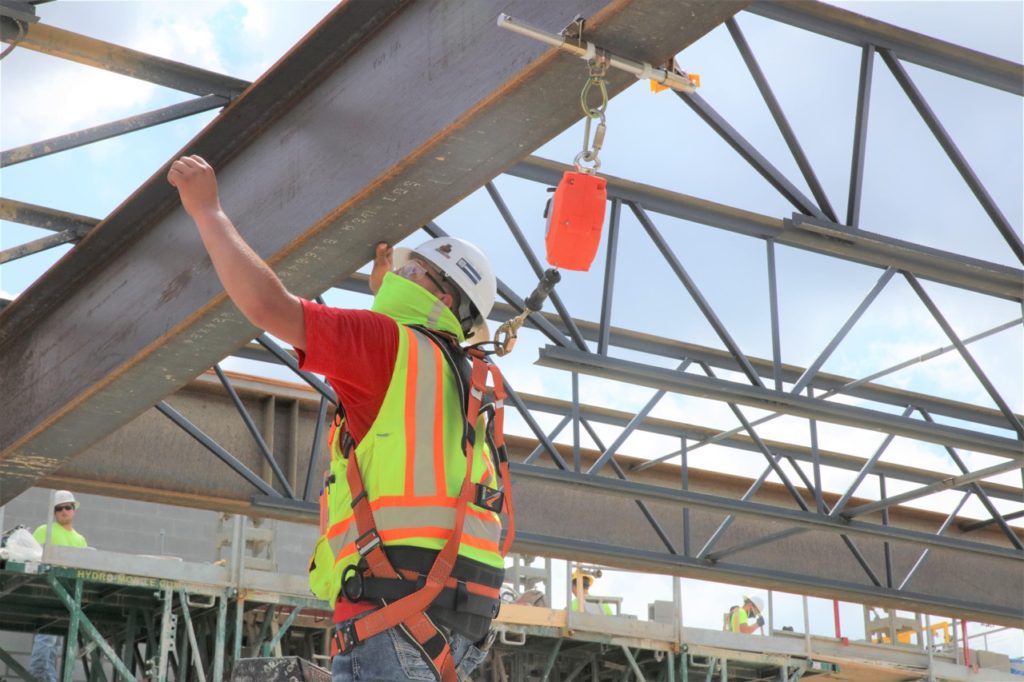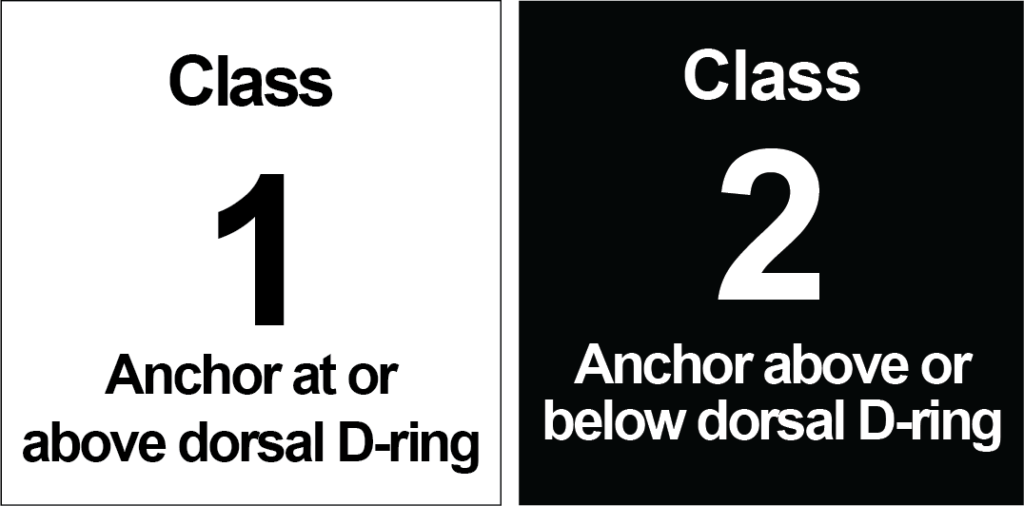Words and Photos: Greg Brown, Malta Dynamics
You may be vaguely or acutely aware of this once-in-almost-a-decade change in Fall Protection guidelines, but there is a new standard on self-retracting lifelines established by the ANSI Committee for Fall Protection (American National Standards Institute). The Z359.14-2014 standard for self-retracting lifelines expires in August of 2023 and is replaced with ANSI Z359.14-2021, which changes the classification and testing of all Self-Retracting Lifelines going forward.
You may know these devices as SRLs, SLRs, retracts, yo-yos, blocks, retractable lifelines, and maybe something else, but what we know as a self-retracting lifeline has been around since the early 1960s and has been commonplace on construction sites since the late 2000s. Body belts and ropes progressed into full-body harnesses and shock-absorbing lanyards, then onto self-retracting lifelines, and the effects on the body in the case of a fall are much more friendly now than the previous versions.
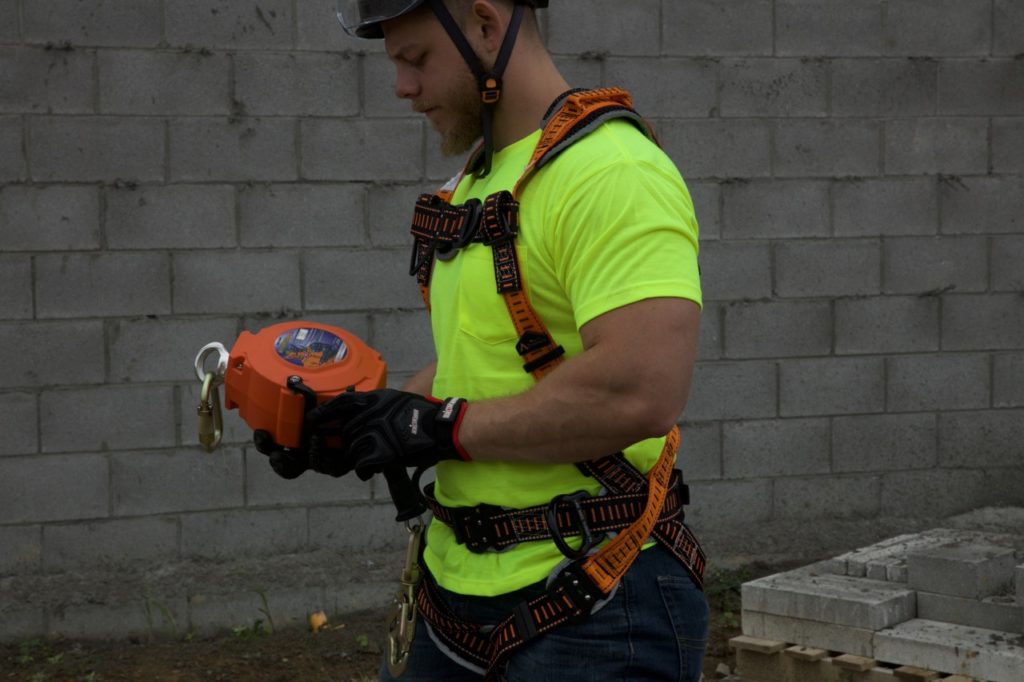
Self-retracting lifelines consist of a housing where cable or webbing remains inside and automatically extends and retracts to provide no slack in the line but still allows for free movement of the worker. This removes trip and snag hazards and is an advantage over traditional shock-absorbing lanyards. They also feature an automatic lock-up and deceleration when the device experiences the effects of a fall, which minimizes free fall and reduces effects on the body compared to shock-absorbing lanyards. Great improvements for sure, so it’s very important for construction executives to know what is changing, why it’s changing, and how it affects their work.
WHO IS ANSI and What Do They Do?
This group of professionals (ANSI Z359 Fall Protection Committee) and the generations before them are largely responsible for standards that guide us into safer work practices in fall protection, and although they do not make laws like the Occupational Safety & Health Administration (OSHA), their standards are often adopted by regulators in and outside of the United States as law. ANSI standards also act as the most popular and universally followed set of voluntary guidelines for the use and manufacture of fall protection products.
Updating or overhauling standards for manufacture and use for these devices is a big deal to manufacturers and fall protection experts, so ANSI assembles a large group of manufacturers, engineers, testing laboratories, and users of fall protection products twice a year outside of Chicago to discuss these issues and vote on changes to the standard to meet the evolving industry concerns and hazards.
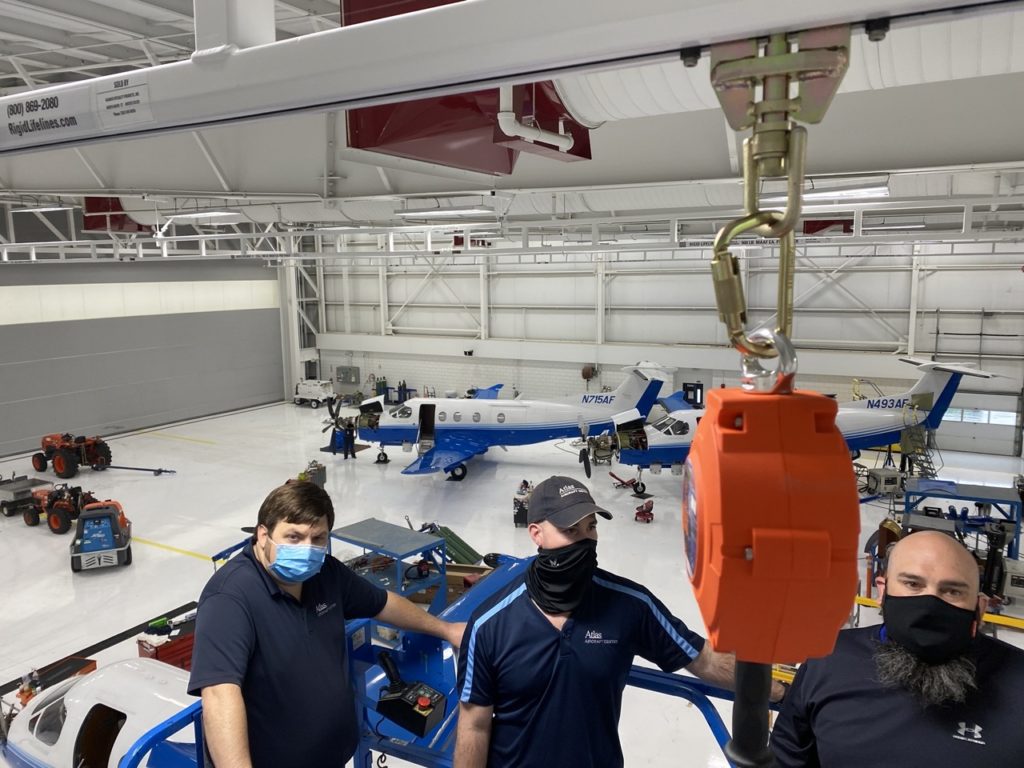
Malta Dynamics, along with other manufacturers, collaborate with safety leaders from the likes of Kiewit, KMI Construction, and product users like Walt Disney Parks & Resorts, Boeing, Shell Oil, US Army Corps of Engineers, US Department of Energy, every branch of Military, and OSHA.
WHAT Is Changing?
Previously, self-retracting lifelines were categorized in Class A, B, and LE with sub-designations P (personal) and R(rescue). Classes A and B were both specific to overhead anchorage, with the differences being in the Average Arresting Force (fore emitted to the body) and Deceleration Distance (up to 24” for Class A and up to 54” for Class B). Class LE lifelines pertained to Leading Edge devices, so the testing parameters for LE were for foot level/below D-ring anchorage situations.
Going forward, Class A, B, and LE go away. They are replaced with Class 1 and 2, while the sub-designations of P and R remain:
- Class 1 – ALL OVERHEAD Anchorage lifelines are in this class. This replaces Classes A and B from the 2014 standard. The Maximum Average Arresting Forces (shall not exceed 1350 lbs) and Deceleration Distances (shall not exceed 42 inches) will be clearly marked on the lifeline housing.
- Class 2 – ALL BELOW D-RING Anchorage lifelines are in this class as well as any lifeline that may contact an edge in the event of a fall. This replaces the LE class, Maximum Average Arresting Forces and Deceleration will be clearly marked on the lifeline housing for Class 2 as well.
Testing guidance has also changed. To achieve this new standard, testing parameters have been altered to include a higher test weight as well as more stringent guidelines on static and dynamic load testing to improve upon the safety factors. There are also more requirements for labeling products with warning notices and charts designed to help users. The P(Personal) and R(Rescue) sub-designations see some updated testing specifications as well, also pointed at increasing safety factors.
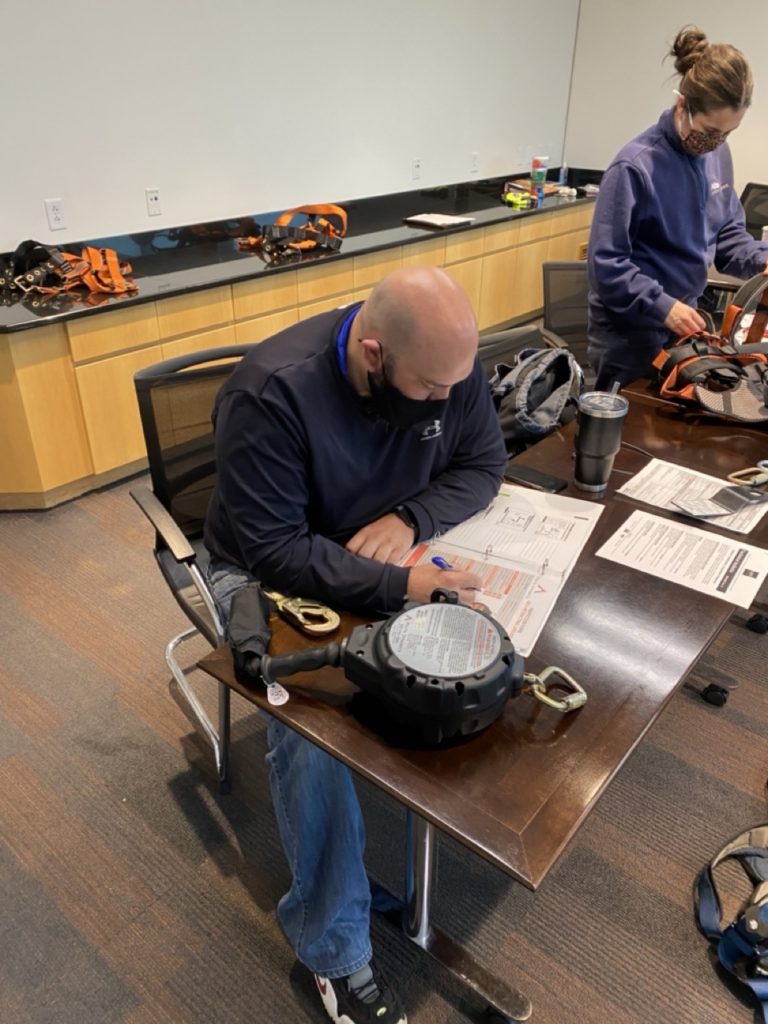
WHAT Do I Need to Do?
One thing you do not need to do is throw out any existing self-retracting lifelines that pass inspection and are in your equipment fleet now. If your existing fall plan specifies Class A, B, or LE lifelines for each hazard, keep them in your plan, and adjust your plan according to the specifics of Class 1 or 2 lifelines as you incorporate lifelines manufactured to the ANSI Z359.14-2021 standard.
It is important to know that you cannot be fined or cited by OSHA or any other similar agency specifically for not following the ANSI Z359.14-2021 standard for self-retracting lifelines. Internal or general contractor (GC) requirements may be different than these suggestions; however, this is Malta Dynamics’ suggestions for you:
- Review the updated standard from ANSI.
- Look at your plans and documentation, adjust Class A, B, LE to language that works for existing devices or Class 1 or 2 lifelines, then note the Maximum Average Arresting Force and Deceleration Distance necessary for your SRL locations.
- Implement a ‘rolling change’ switch to the new standard’s lifelines as you add the latest standard devices.
- Contact your SRL provider and they’ll help you coordinate.
Malta Dynamics is happy to take a call with our Masonry customers and to see how it affects your company specifically, please contact your rep, email me (gbrown@maltadynamics.com), or call me directly at 740-525-8731.
